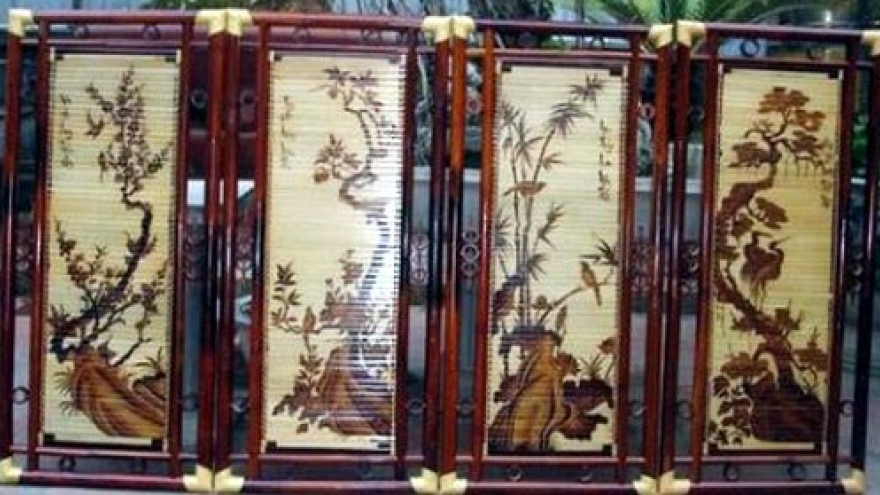Bamboo, rattan sectors face several hurdles
Despite untapped potential for development, Vietnam’s bamboo and rattan sector is still facing challenges that are preventing a growth spurt, according to industry insiders.
 |
Indigenous development, backward technology and poorly-designed products made it difficult for Vietnamese makers of bamboo and rattan items to compete with products from foreign rivals in the international market, he said.
Dan added that insufficient financial capacity, shortage of raw materials and unstable export contracts also resulted in moderate production.
Hoang Xuan Thuy, director of the Hanoi Industrial Development Consultancy and Promotion Centre, agreed that lack of raw materials is one of major obstacles hampering the development of the local bamboo and rattan sector.
Bamboo and rattan producers in Hanoi said materials for their bamboo and rattan products were sourced from some northern mountainous and central provinces and some are imported from overseas. However, the small scale and unstable sources of raw materials have resulted in negative impact on the operation of firms, Thuy said, citing some cases in which many enterprises had to decline several large-scale export contracts as they failed to find sufficient supply of raw materials.
Trade experts emphasised the importance of drawing up an effective development strategy to facilitate the development of the bamboo and rattan sector. They also called for closer co-operation among craft businesses, locals and State management agencies in raw material planning, establishment of material preservation centres and product design.
Thuy said enterprises themselves needed to take the initiative in developing strategies to seek new export outlets instead of relying on some traditional markets such as the US and Japan, experts said, suggesting that firms study export markets well to churn out suitable products for each market.
Improving the quality of products to better meet strict standards of countries where goods are imported is also necessary, especially following the free trade agreements Vietnam inked with countries and blocs, they said.
The country is currently home to over 1,000 bamboo and rattan craft villages, accounting for 24 percent of the total craft villages.
Currently, the sector contributed more than 200 million USD to the country’s total export turnover per year, with Vietnam’s bamboo and rattan products being sold in 130 countries and territories, making up 3.37 percent of the global market share.
Statistics from the General Department of Customs revealed that by the middle of November, bamboo and rattan exports fetched 231 million USD, with shipments to the US and Japan recording positive growth.
Experts forecast that the export of Vietnamese bamboo and rattan products will likely reach 1 billion USD in the future.



